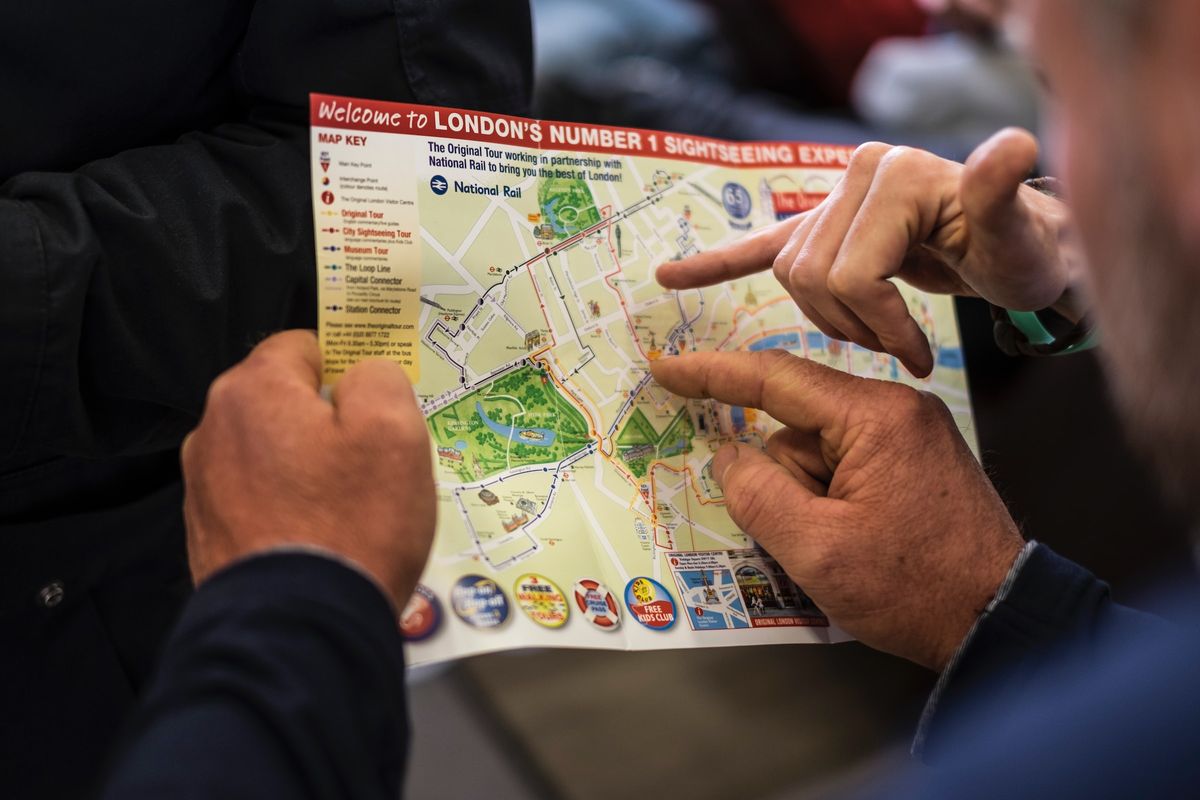Spatial Cognition: Introduction and links

Mapping our environment
Picture this. You're in a crowded city that you've never been to before. The streets are bustling with people going about their daily lives; cars are zipping past, buildings tower over you, and billboard and giant screen advertisements all fight for your attention. You spin around, taking in all the wonderfully novel sights and the intermingling lunch-hour smells of burgers, noodles, and sushi. Then, as you remember your upcoming appointment you realise... You are utterly lost. Panicked, you pull out your phone and tap on the maps app. Within seconds, it displays a detailed map of the city with a blinking dot, showing you exactly where you are. You wave the phone around a bit, do another few spins to calibrate the app's directional cone, and then breathe a sigh of relief as you quickly figure out where you are and in which direction to head towards to reach your destination.
Now, imagine the brain's attempt at a similar task. It doesn't have an app, a blinking dot, or even a clear picture of the entire city. Instead, it has to make decisions based on our lived experiences and what we currently see and perceive. It has to take what we know about the world and how it operates, and combine it with what we know and can see of our current environment. It does this in order to create it's own version of a map, which we can then access to get from where we are to where we want to be. This is the complex procedure that our brain performs to navigate our environment - something we often take for granted. It relies upon an intricate web of mental processes so that we may make sense of our surroundings, remember routes, and find our way. And it's those processes that I find so deeply fascinating.
What's this series about?
During a recent visit from my mother-in-law, my wife asked me to explain what it is that I'm studying and researching. I tried to explain, but between the language barrier and the complexity of the topic, it turned into a rather vague and oversimplified description. This made me realize that I've never really attempted to explain my work in simple terms - not just to my family, but also to those who are not experts in this field.
So, consider this series of articles as my attempt to take you on a guided tour of the labyrinth of our minds. My aim is to explain in layman's terms the marvel that is spatial cognition – how our brains enable us to navigate through the physical spaces around us. Each post, I will delve into a new topic, ultimately aiming to cover everything from how we remember locations and the paths we've taken, to the different types of cells in our brain that aid in this process.
So, grab a cup of coffee, settle down, and click on one of the links below to embark on this journey to understand the remarkable navigation system that resides within each of us. Prepare to be amazed at how complex, and yet beautifully intuitive it all is once we start to unravel the mystery.
Current Links:
The Basics of Spatial Navigation
A discussion of what spatial navigation is, and why it's an important topic of research.
Upcoming Articles:
Perception, Memory, Decisions, and Cognitive Maps
An overview of how our senses and our memory shape our ability to navigate, and how we make decisions on where to go. Also includes a short introduction to the concept of a cognitive map.
